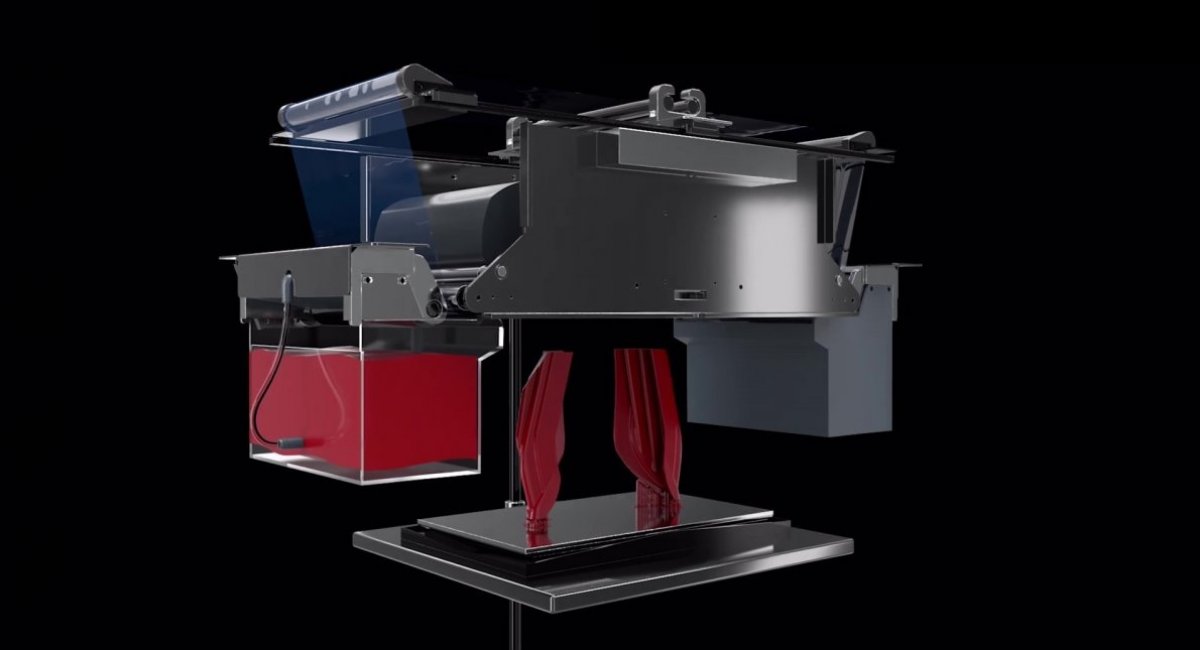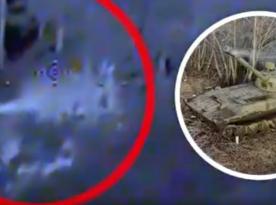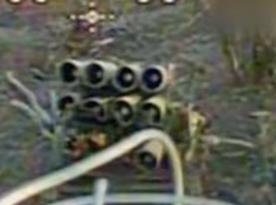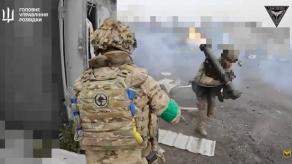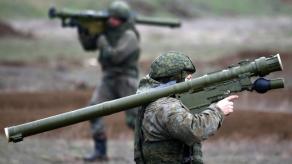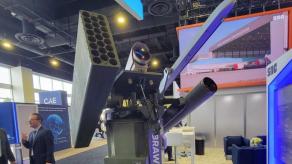Supernova Industries has been awarded a $2 million contract under the Critical Chemicals Pilot Program by the U.S. Department of Defense. This funding, issued through the American Center for Manufacturing and Innovation, supports the development of cutting-edge 3D printing technologies for energy materials for military purposes. In essence, the project focuses on producing explosives for shells and solid rocket fuel.
At the heart of Supernova Industries’ innovation is its proprietary Viscous Lithography Manufacturing (VLM) technology, which enables 3D printing of materials with unlimited viscosity. The process uses light-sensitive additives to harden printed mixtures, allowing the creation of intricate shapes previously impossible to achieve with traditional methods. This breakthrough holds potential to streamline the production of APCP mixtures (solid rocket fuel based on ammonium perchlorate) and RDX explosives (hexogen), which are critical components for munitions.
Read more: Fuel Destroyed by AFU Near Engels Airfield Could Provide 900 Combat Missions for Tu-22M3 Strategic Bombers
Supernova Industries has already demonstrated the capability to produce these energy materials and is further developing proprietary energy formulas to enhance the technology. The implications for munitions manufacturing are significant, as the VLM process could replace traditional pressing or pouring methods for filling explosive payloads. When combined with 3D-printed munition casings, the technology promises greater efficiency and adaptability in military production.
Although this is currently a pilot initiative, the project’s success could mark a major leap forward in the modernization of munitions manufacturing, addressing longstanding bottlenecks and offering new possibilities for the defense industry.
Read more: US Resumes Explosives Production for Shells After 38-Year Break: What Time and Money Are Needed




